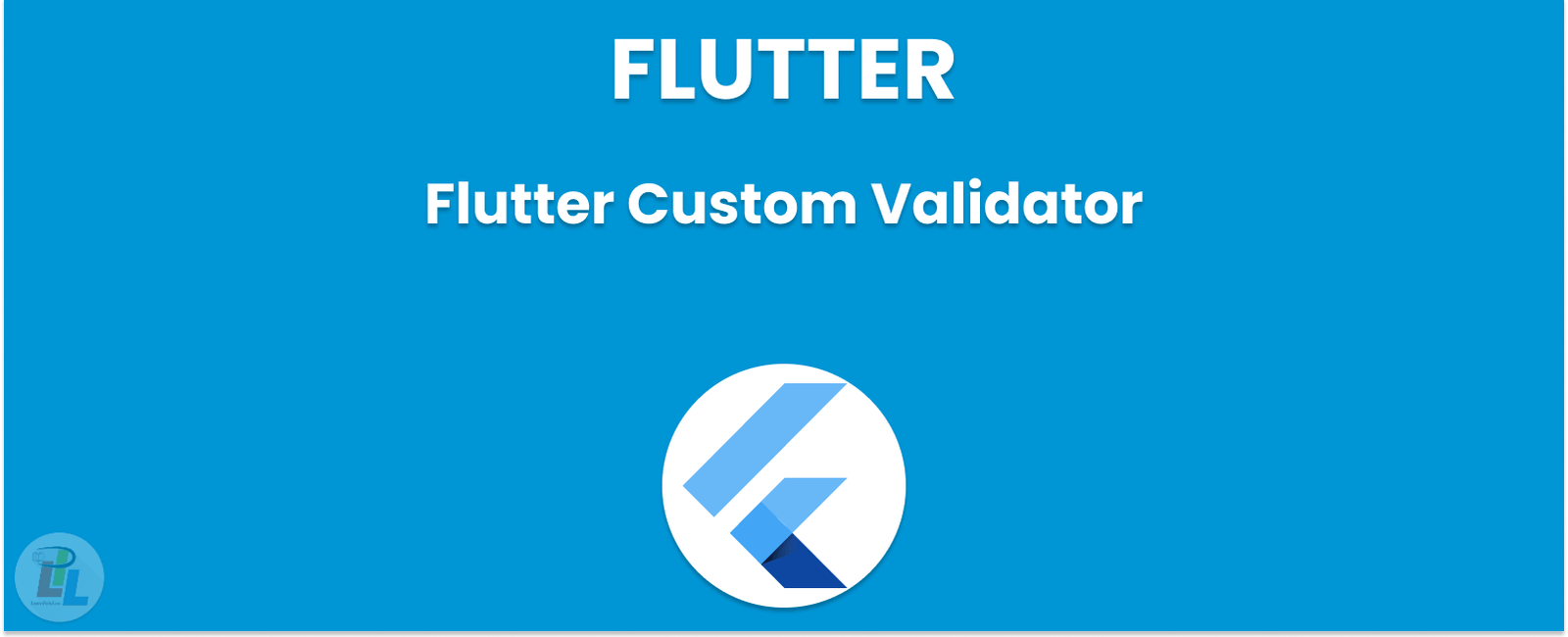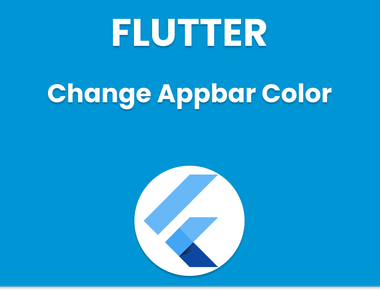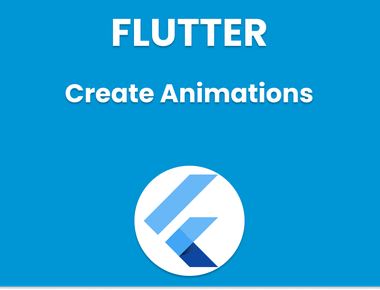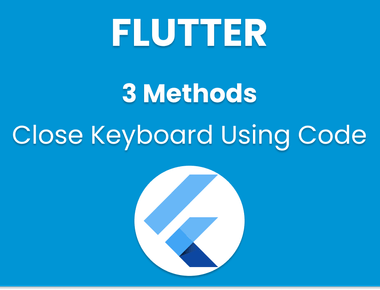Table Of Contents

In this article, we’ll delve deep into Flutter custom validator and explore its capabilities for improving form validation.
Understanding Flutter Custom Validator
Befor we delve deep into custom validators, let’s take a quick overview of form validation in Flutter. Form validation serves to verify that data entered into forms meets desired criteria; two forms of validation exist in Flutter - synchronous and asynchronous.
Synchronous validation is the go-to choice in Flutter for most validation needs, as it immediately verifies whether data entered by users is valid or invalid when submitted through forms. Asynchronous validation, on the other hand, may require data from external sources or APIs for proper functioning of validation processes.
Flutter custom validator allows you to build custom validation logic that meets specific validation needs that may not be fulfilled by built-in validators. This feature is particularly helpful when you require complex validation rules that do not fit within existing validators.
Create Your Own Validator Now
To create a custom validator, it is necessary to define a function which takes in a String argument and returns another String; this string serves as the error message when validation fails. An example of such an application would check whether inputted email address are valid:
String validateEmail(String value) {if (value.isEmpty) {return 'Email is required';}if (!RegExp(r"^[a-zA-Z0-9.]+@[a-zA-Z0-9]+\.[a-zA-Z]+").hasMatch(value)) {return 'Please enter a valid email address';}return null;}
This example starts by checking to see if the input field is empty; if it is, we display an error message stating that an email address is required. If not empty, however, then using regular expressions we check whether the entered email address is valid; otherwise we return an error message prompting users to enter valid email addresses instead.
Implement a Custom Validator Now
Once your custom validator is created, it can be implemented into form fields. Here is an example of using it in a TextField:
TextField(decoration: InputDecoration(labelText: 'Email',),validator: validateEmail,);
In this example, we set the validator property of a TextField to our validateEmail function created earlier. Now when someone submits their form, the validator function will be called upon to check whether their email is valid.
Tips for Effective Form Validation
- Use both synchronous and asynchronous validation when necessary. Synchronous validation works well for quick checks while asynchronous validation may require data from another source to complete its verification.
- Provide clear error messages. In the event that validation fails, it’s essential to provide clear and informative error messages which explain why and how the validation failed.
- Custom Validators When Appropriate If built-in validators don’t meet your validation needs, create your own customized validator to meet them.
- Conduct rigorous validation testing. In order to ensure that it works effectively across all scenarios, thorough validation testing should take place to make sure everything works as intended.
Conclusion
Flutter custom validator is an invaluable tool that enables you to craft custom validation logic tailored precisely to your validation requirements. By following the tips outlined herein, Flutter custom validator can enhance form validation while offering users a seamless user experience on your website.
Learn Flutter in 90 days with Pawneshwer!
Dart Beginners Course in Hindi free of cost for limited period.
250+
LESSONS
30+
COURSES
15+
TUTORS
Subscribe to our newsletter!
Quick Links
Legal Stuff
Social Media







![[How To] Flutter change Color of Text](/static/7f1d2b9541532cf2ead55d2fe512056f/f6053/flutter-change-color-of-text.png)